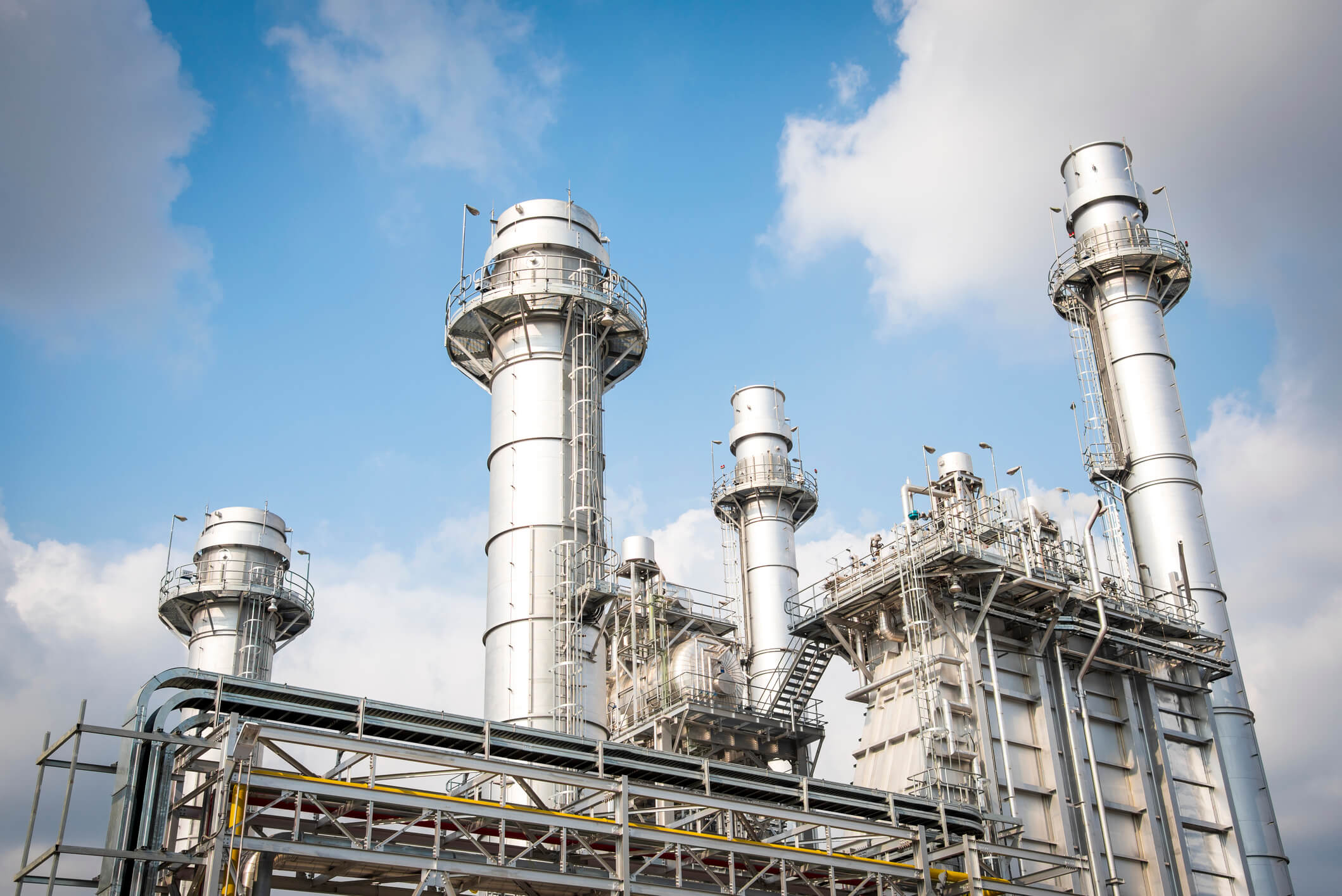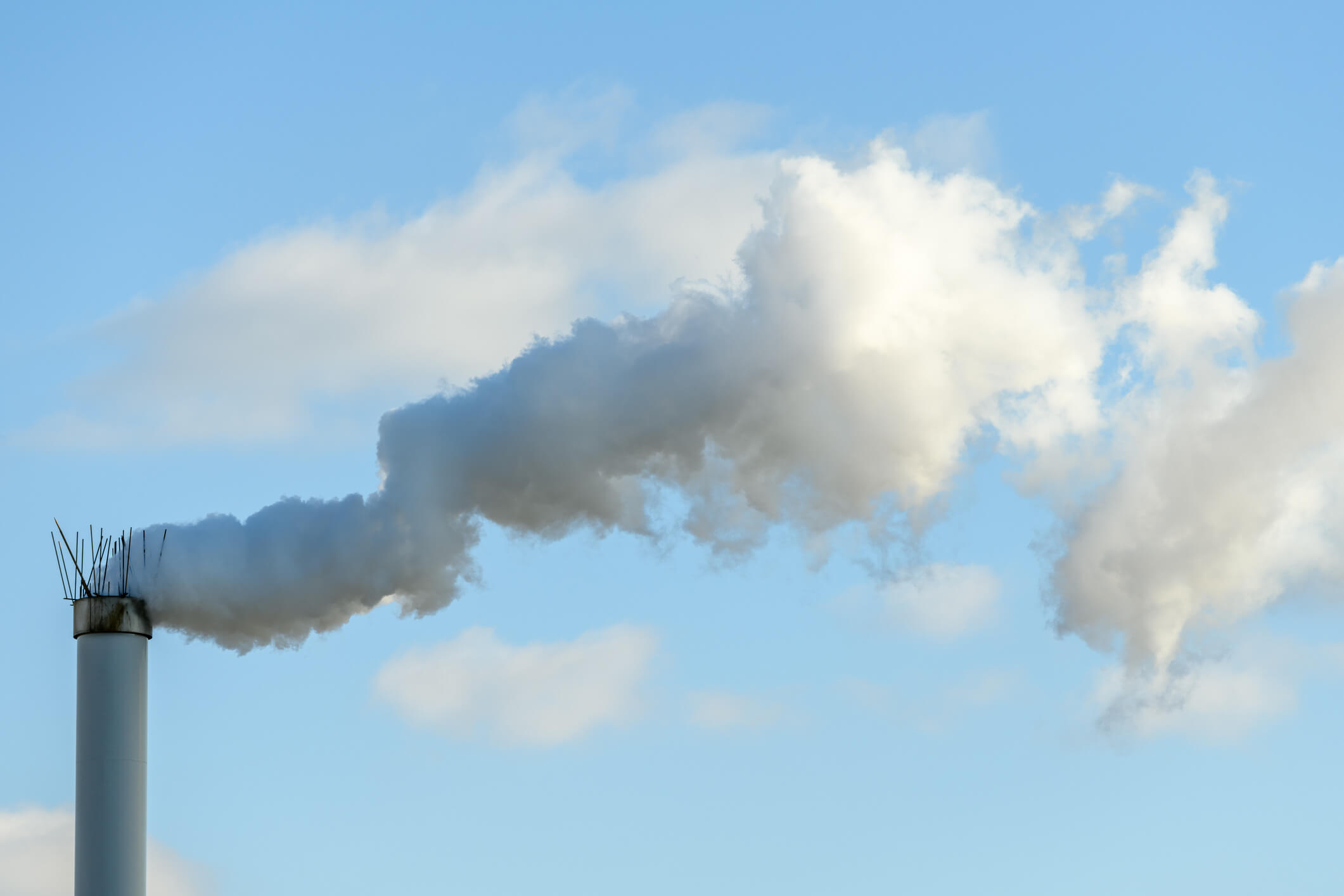Challenge
Guam is a U.S. Territory subject to U.S. environmental regulations including the Clean Air Act. In Guam, there are 11 power plants, three of which are residual oil-fired boilers, four are diesel fired combustion turbines and the rest are diesel fired reciprocating engines. These oil-fired
power plants have been in operation since World War II. The larger units burn residual fuel oil with sulfur contents of 1 to 2% and the smaller units burn Ultra Low Sulfur Diesel (ULSD) fuel oils, the only fuels that are available.
Since 1990, the results of air dispersion modeling estimated that the emissions from these plants exceeded the National Ambient Air Quality Standard (NAAQS) for Sulfur Dioxide (SO2) in the elevated terrain areas. In 2010 the situation became more crucial as the NAAQS was lowered. Additionally, EPA began to increase requirements on fossil fuel electric generation which applied coal fired limits to oil fired units and increased regulations of diesel engines.

Solutions
TRC Air Consulting team’s task was to identify exactly how much the emissions exceeded the NAAQS and to determine what percentage of sulfur fuel would be required to meet the standard. Meanwhile, the Guam Power Authority (GPA) investigated natural gas and nuclear options. In the early 2000s, ULSD became available to the island. Although the cost was much higher, it provided an answer to the SO2 problem. Utilizing ULSD reduced the SO2 impact at many of the stations but was very expensive for the large boilers. TRC modeled options for SO2 control at the large boilers.
Results
TRC provided the following air quality analysis assistance to the GPA over a 17-year period:
- Developed a plan for ambient air quality monitoring of the pollutants emitted from the power plants in order to gauge the reductions in emission that were needed. This plan included modeling of the impacts especially on elevated terrain.
- Completed new detailed modeling in accordance to EPA’s specifications of the existing emissions and the necessary reductions to meet the new 1-hour average NAAQS for SO2.
- Worked with the Guam EPA to assemble a plan for attainment of the standard and to write the documents necessary to obtain US EPA approval.
- Provided engineering, project management and testing to demonstrate compliance with new EPA requirements for the GPA diesel engines including oxidation catalyst control equipment.
- Provided modeling of new units planned for future power needs as the old power units are eventually replaced.
Related Projects
Discover the success we’ve had with helping our clients execute major projects and make a meaningful impact on their local communities.








